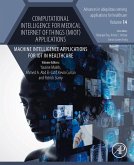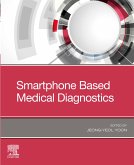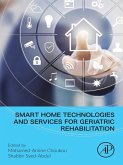New wearable and implantable devices allow a continuous monitoring of chronic patients, with a direct involvement of clinical centers and physicians. Also, healthy people are more and more interested in keeping their own wellness under control, by adopting healthy lifestyles and identifying any early sign of risk. This is leading to personalized solutions via systems which are tailored to a specific patient/person and her/ his needs. However, many problems are still open when it comes to p-health systems. Which sensors and parameters should be used? Which software and analysis? When and how? How do you design an effective management plan for chronic pathologies such as cardiovascular diseases? What is useful feedback for the patient or for the clinician? And finally, what are the limits of this approach? What is the view of physicians? The purpose of this book is to provide, from a technical point of view, a complete description of most of the elements which are part of such systems, including the sensors and the hardware, the signal processing and data management procedures, the classification and stratification models, the standards and the regulations, focusing on the state of the art and identifying the new directions for innovative solutions. In this book, readers will find the fundamental elements that must be taken into account when developing devices and systems in the field of p-health.
- Provides an integrated approach to design and development of p-health systems which involves sensors, analysis software, user interfaces, data modeling, and interpretation.
- Covers standards and regulations on data privacy and security, plus safe design of devices.
- Supported by case studies discussing development of actual solutions in the biomedical engineering field.
Dieser Download kann aus rechtlichen Gründen nur mit Rechnungsadresse in A, B, BG, CY, CZ, D, DK, EW, E, FIN, F, GR, HR, H, IRL, I, LT, L, LR, M, NL, PL, P, R, S, SLO, SK ausgeliefert werden.









